IN the heart of the city, the displacement of the nation's original residents is earning the ire of locals and conservationists alike. This contentious issue has become a flashpoint for protests and debates, highlighting the clash between urban expansion and environmental preservation.
Residents who cherish the affected area as a vital green space are voicing their anger through organised demonstrations and petitions. Meanwhile, conservationists argue that this displacement not only disrupts the ecosystem, but also threatens biodiversity and the health of the environment.
As the details unfold, it becomes clear that the original residents in question are the animals and wildlife of the beleaguered Shah Alam Community Forest (SACF), whose habitats are being threatened by development.
The tension between progress and preservation is palpable, with activists calling for more sustainable and eco-friendly development policies. They advocate for solutions that protect the forest and its wildlife while accommodating the city's growth.
Located in Section U10 of Shah Alam and encircled by the housing developments of Setia Alam, Setia Eco Park, Alam Budiman and Bandar NusaRhu, the SACF spans 174 hectares of revitalising lowland dipterocarp rainforest. Logged approximately 20 years ago, this area is now a regenerating secondary rainforest, offering a unique and thriving ecosystem within an urban setting.
The SACF serves as a crucial wildlife corridor, bridging the 1,356ha Subang Dam Water Catchment and the 818ha Taman Botani Negara Shah Alam, another protected area.
This vital link supports wildlife crossings and is situated in an environmentally sensitive region, underscoring its significance in maintaining biodiversity and ecological balance.
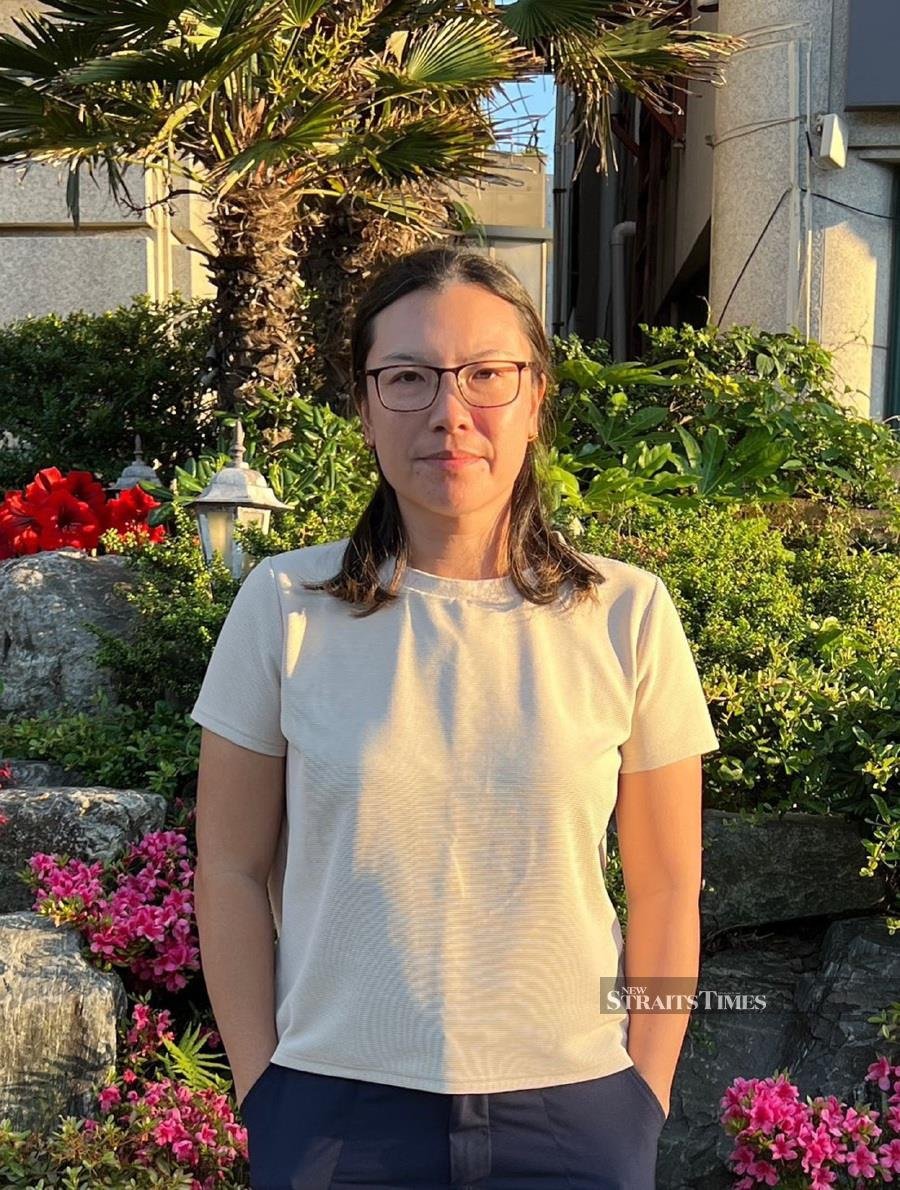
"Urban community forests like SACF are vital for the essential ecosystem services they offer to urban residents. These include flood mitigation, temperature regulation and the reduction of human-wildlife conflicts," explains Alicia Teoh, founder and honorary secretary of the SACF Society.
The society, says Teoh, was set up in 2016 to facilitate the protection of the forest. "Without a legalised entity, it would be difficult to engage officially with government agencies and relevant organisations. We would not have been taken seriously," she explains.
Despite the society's continuous efforts to emphasise the forest's importance to residents and nature lovers, as well as its ecological significance, the SACF has yet to be officially recognised as an urban community forest.
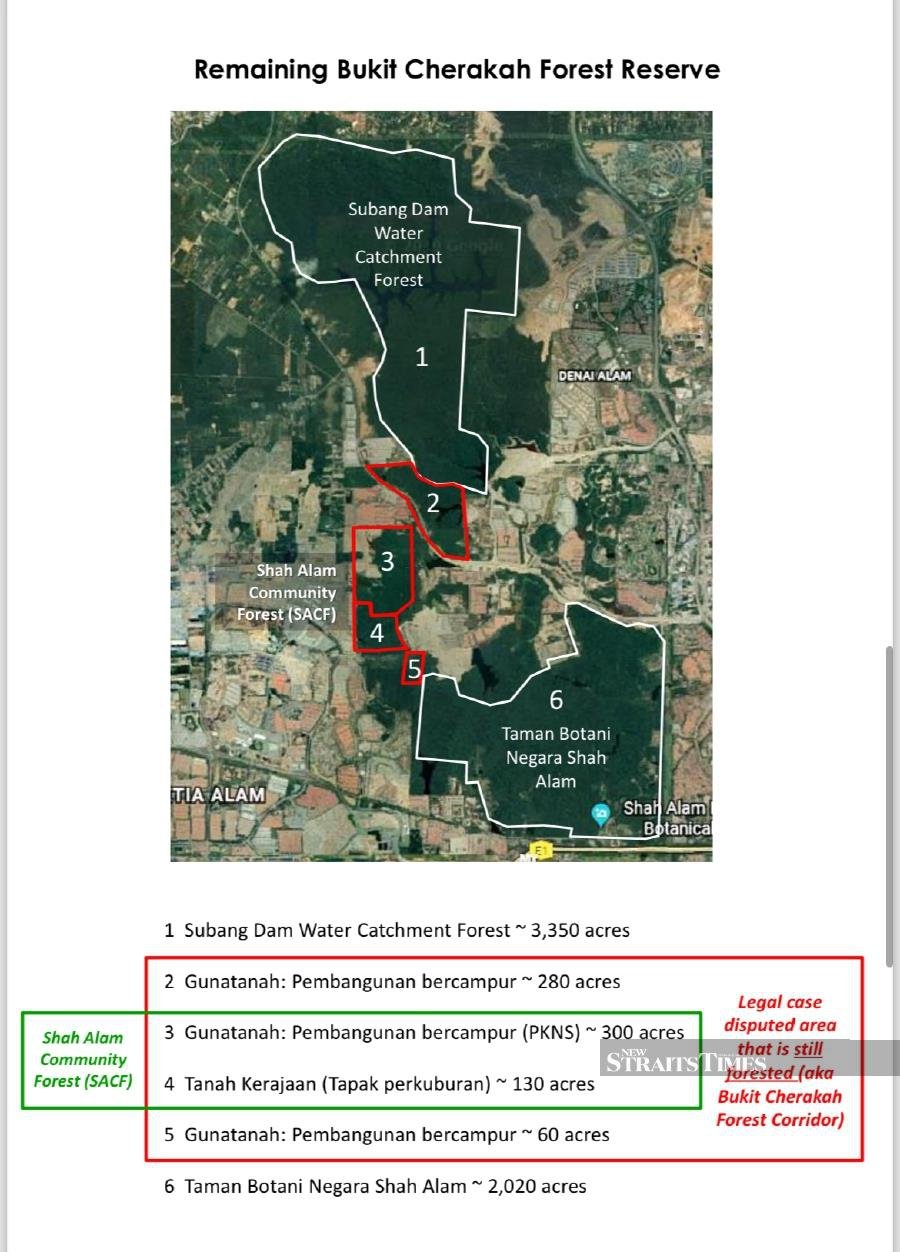
Seventy per cent of SACF is owned by the Selangor State Development Corporation (PKNS), established on Aug 1, 1964, under the Selangor State Development Corporation Enactment (1964) as a statutory body and development agency for the state. That portion has been earmarked for commercial development. The remaining 30 per cent is state land (Tanah Kerajaan Negeri) designated for a cemetery site under the jurisdiction of the Shah Alam City Council (MBSA).
This lack of recognition and the impending commercial and cemetery development pose an urgent threat to the forest's future, calling for immediate action to preserve this vital green space.
URGENT CALL
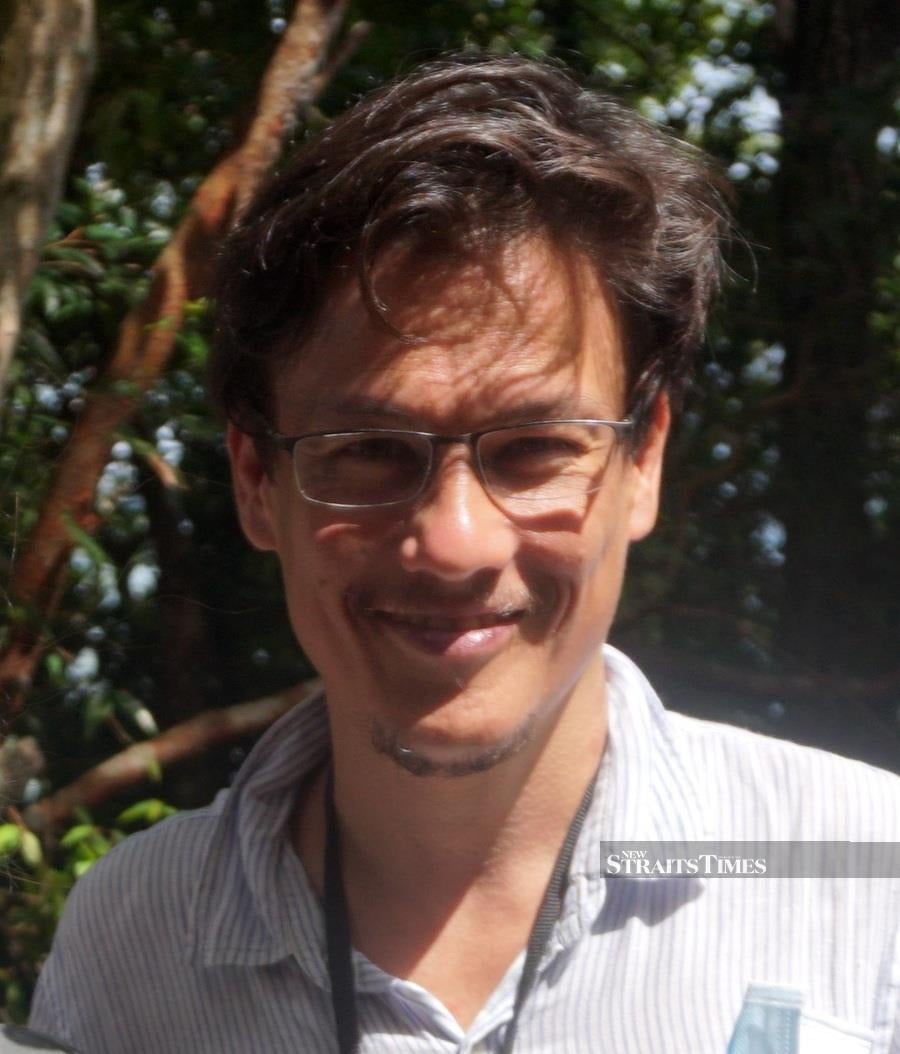
The SACF isn't just a wildlife sanctuary; it stands as a beloved haven where hikers, residents, nature lovers, students and mountain bikers have immersed themselves in exploration for generations.
"The community forest owes its existence to these passionate individuals who not only envisioned it, but also painstakingly created and expanded its network of trails," elaborates Dr Lim Teck Wyn, honorary associate professor at the School of Environment and Geographical Sciences, University of Nottingham Malaysia.
Their efforts, he adds, haven't only preserved natural beauty, but also fostered a vibrant community spirit centred around outdoor activities and environmental stewardship.
"Every weekend, over 4,000 people traverse the winding trails that weave through the lush forest landscape," notes Lim, adding: "In response to the high visitor numbers, MBSA had even established a dedicated car park adjacent to the forest. It's a premier hiking destination with extensive trails that can lead to hours of exploration.
Beyond its recreational value, SACF serves as a unifying hub where individuals from diverse races and backgrounds converge and forge friendships. "Nature has a unique way of bringing people together," asserts Lim, highlighting the forest's role in fostering community cohesion and shared experiences amidst its natural splendour.
But construction works have commenced to build a road through the pristine forest, marking a significant and contentious development.
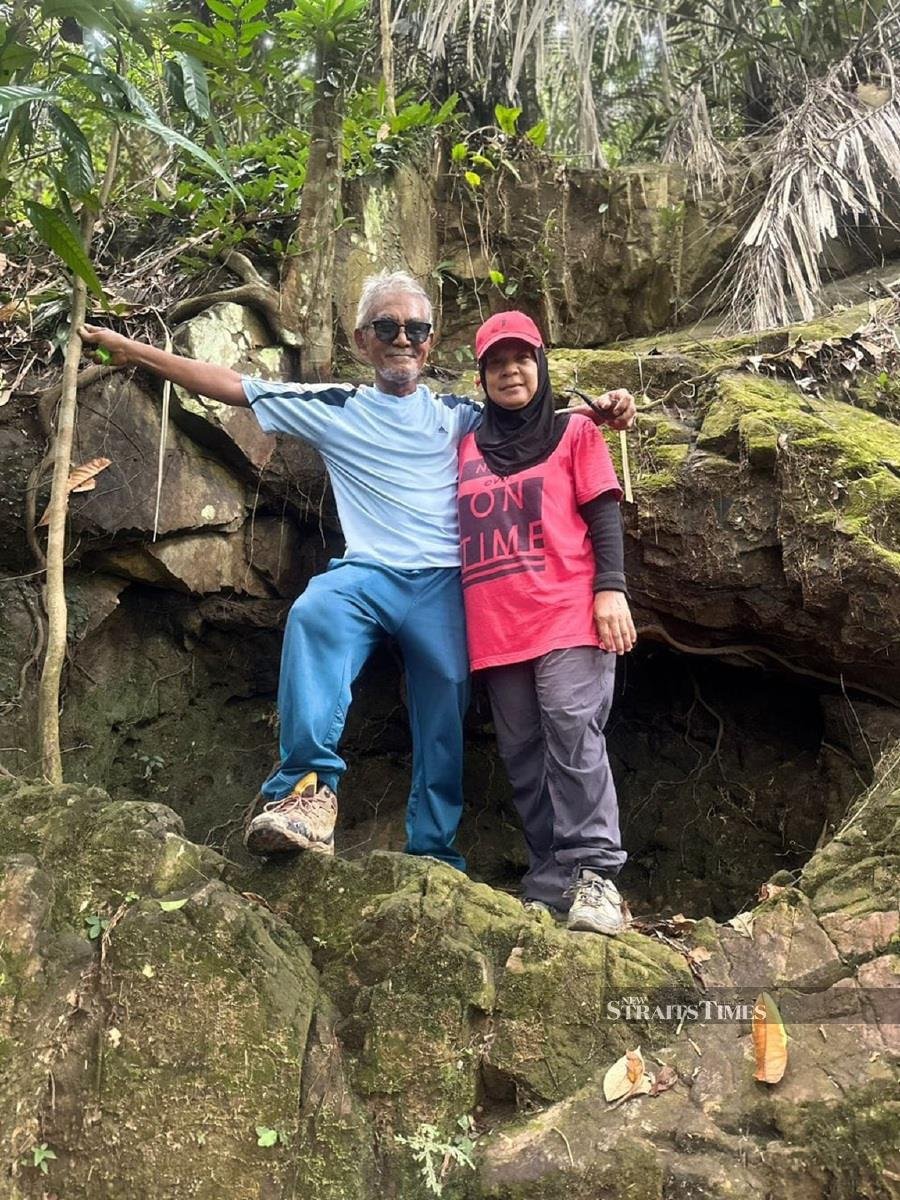
"This place is a hiker's paradise," remarks Mohd Zain Ibrahim, a regular visitor to the community forest, adding: "With numerous trails and even a waterfall, it used to be such a serene spot. It's heartbreaking to witness the forest being cleared, leading to soil erosion and the dwindling of the waterfall to a mere trickle. Seeing the forest destroyed in this manner is truly disheartening."

Resident representatives like Edgar Pushparatnam, Duta protem committee member, and Tiong Khe Hock, chairman of Ecopark Nusantara Homeowners Berhad, vehemently oppose the development of SACF.
"It's disappointing to hear of the government's plans to build a road and cemetery there. We urge them to listen to residents who have clearly voiced their opposition to any development in the SACF," says Edgar.
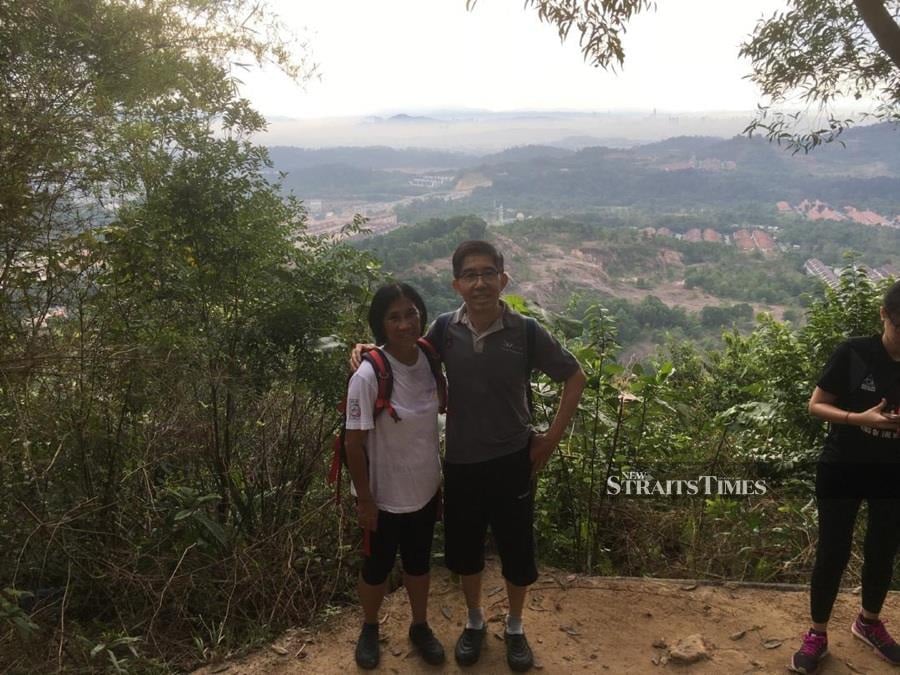
Tiong continues: "As residents, we adamantly oppose any development within SACF. We cherish the pristine environment that brought us here, a sanctuary chosen for its natural beauty. We sincerely hope the government will hear our voices and understand our desire to preserve this unique habitat."

Norman Geramia, chairman of the Arundina Residents Association, expresses deep concern shared by many residents of his housing estate, who purchased their homes for the proximity to SACF. He states: "The proposed road and cemetery will devastate the most pristine part of SACF, causing pollution, landslides, floods, and traffic congestion. We cannot remain passive. We've united with other affected residents' associations and have engaged with government officials. Our commitment is to stop the road and cemetery to preserve SACF. However, we lack crucial information on the project's approval, and our meetings have only raised more questions than answers.
The SACF could soon be a thing of the past if plans to develop major parts of the forest proceed as planned, casting a shadow over its future.
Once part of the Bukit Cherakah Forest Reserve, the SACF is currently at the centre of controversy surrounding its de-gazettement by the Selangor government. Environmental groups and residents are strongly criticising the decision, noting that the forest reserve has been de-gazetted over 20 times in the last century alone. Bukit Cherakah, renowned among hikers and nature enthusiasts, once spanned nearly 10,000 hectares. Today, less than 15 per cent of this vast area remains intact.
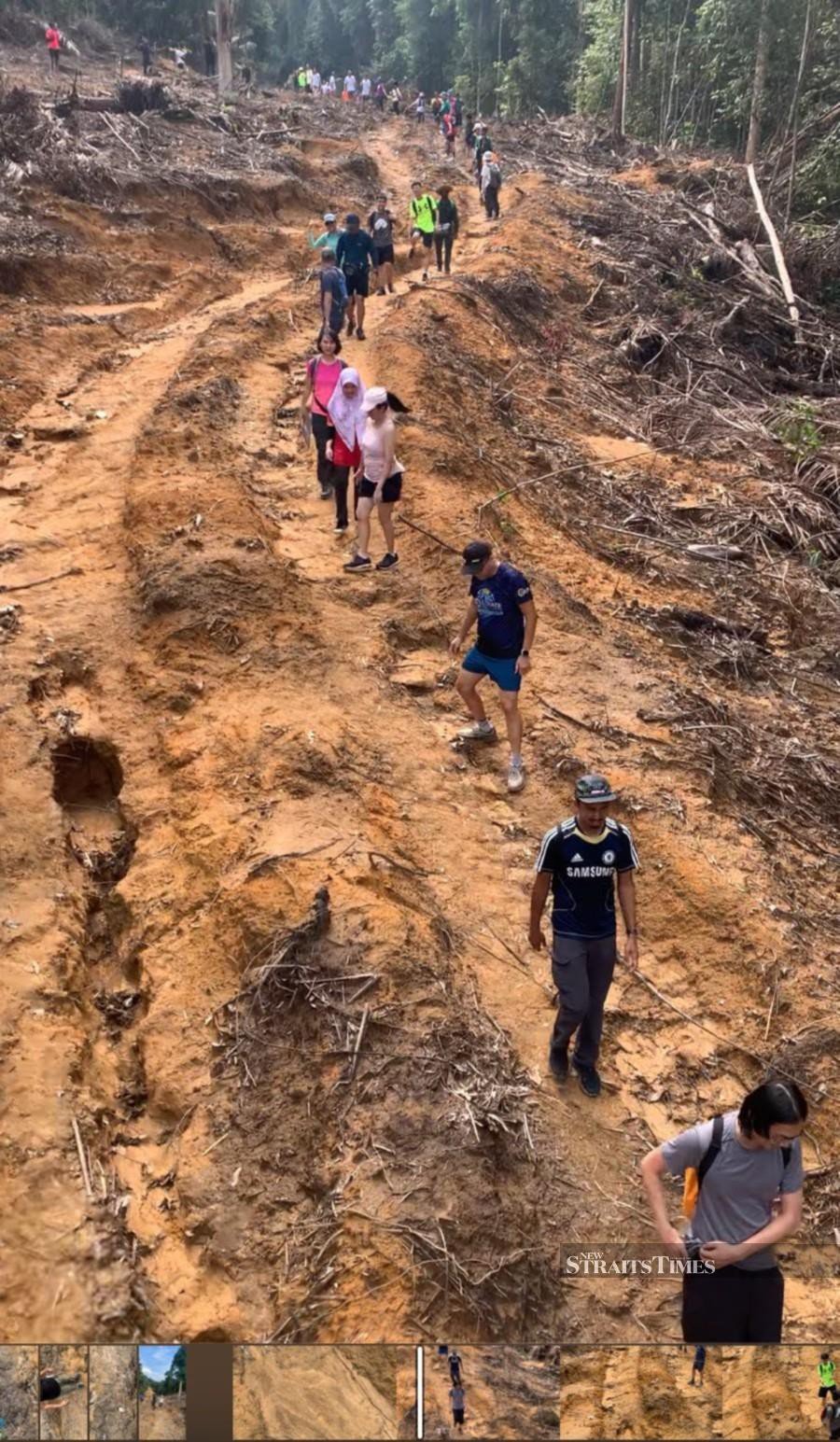
Recalls Lim: "In 2010, non-governmental organisations (NGOs) collaborated with the state government, which led to the amendment of the forest law. 'If any area were to be removed from the forest reserve,' they said, 'a public inquiry must precede it.' We saw this as a positive step toward transparency and accountability."
However, when news of the de-gazettement decision surfaced, the society raised concerns. "This area is designated as a forest reserve," they emphasised, "and therefore, according to the amended law, a public inquiry should have been conducted before de-gazettement."
The state government claimed the SACF wasn't a forest reserve, but when pressed to produce the gazette confirming this status, they couldn't do so. Instead, they referred to a gazette notification issued by the Selangor Forestry Department in May, 2022, citing a decision by the state executive council back in 2000 to de-gazette the land.
"This backdating issue is the crux of the court case," explains Lim, noting that the legal proceedings are still ongoing.
SACF society and Pertubuhan Pelindung Khazanah Alam Malaysia (PEKA) initiated a judicial review in August 2022 to contest the backdated de-gazettement document. Despite setbacks with the Shah Alam High Court and the Court of Appeal dismissing their application, they remain undeterred and are now escalating the case to the Federal Court.
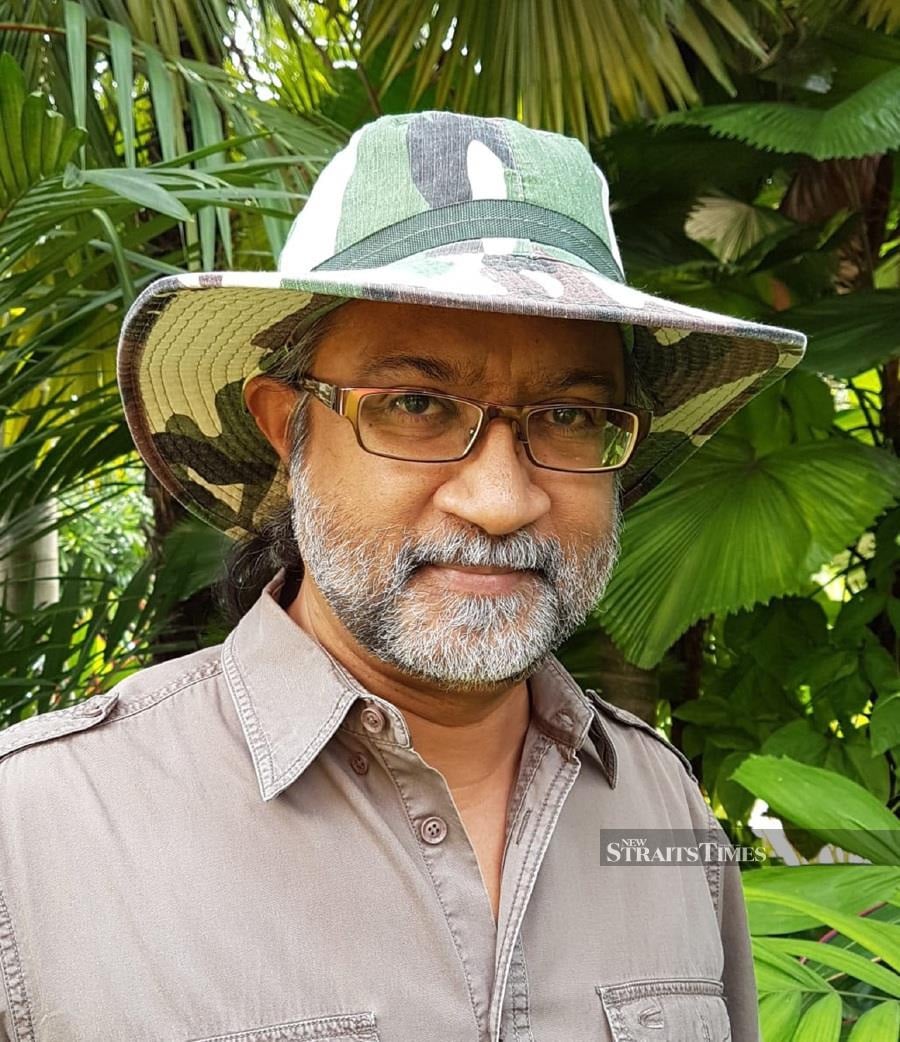
According to Datuk Dr Dionysius Sharma, former chief executive officer of WWF-Malaysia and current adjunct professor at Universiti Malaysia Terengganu, past decisions on forest conversion, which span several years or even decades, continue to pose challenges for current stakeholders, particularly residents in nearby areas. He emphasises the importance of balancing historical decisions with present societal needs.
"Urban green lungs play a crucial role in local climate regulation, hydrology, biodiversity and recreational activities," highlights Sharma.
WILDLIFE HAVEN
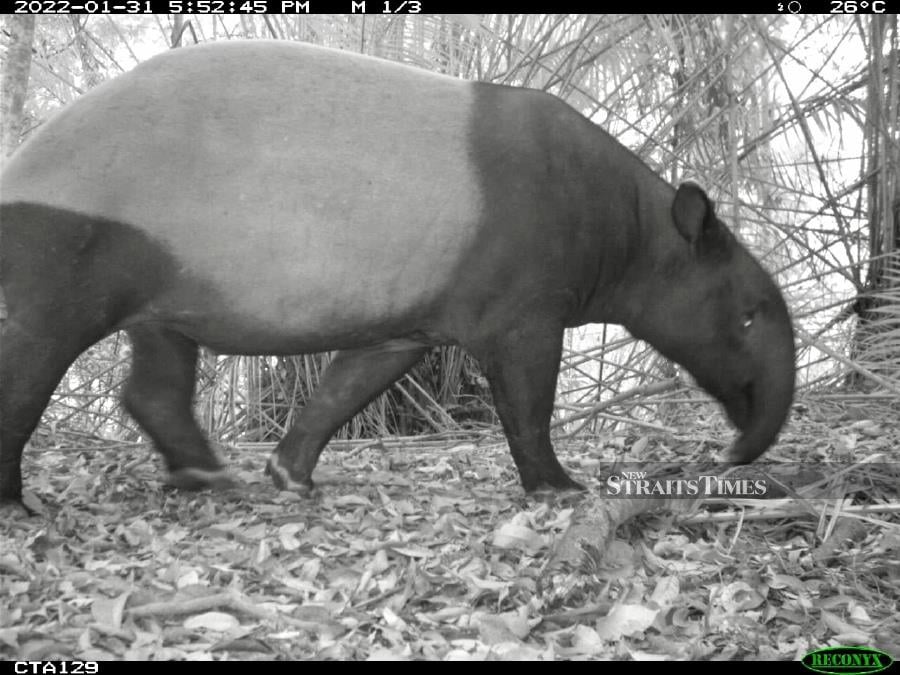
While the legal battle over de-gazettement unfolds in court, the most deeply impacted residents are the wildlife relying on SACF as a crucial corridor connecting larger forest landscapes.
This sanctuary serves as a vital link facilitating movement and ecological balance between expansive natural habitats on either side. The outcome of this legal dispute holds profound implications not only for the forest's status, but also for the survival and well-being of the diverse wildlife depending on it.
Since 2020, the SACF society has conducted biodiversity surveys within the forest, uncovering a wealth of flora and fauna diversity despite its small size and proximity to urban areas.

Impressively, the forest is home to numerous endangered and vulnerable species, including the critically endangered Sunda Pangolin and Spiny Hill Turtle, and the endangered Malayan Tapir and White-handed Gibbon.
Of the 316 species documented in the forest, an astonishing 40 are listed in The International Union for Conservation of Nature's Red List of Threatened Species. These findings underscore the forest's critical role in biodiversity conservation and highlight the urgency of protecting such habitats amid urban development pressures.
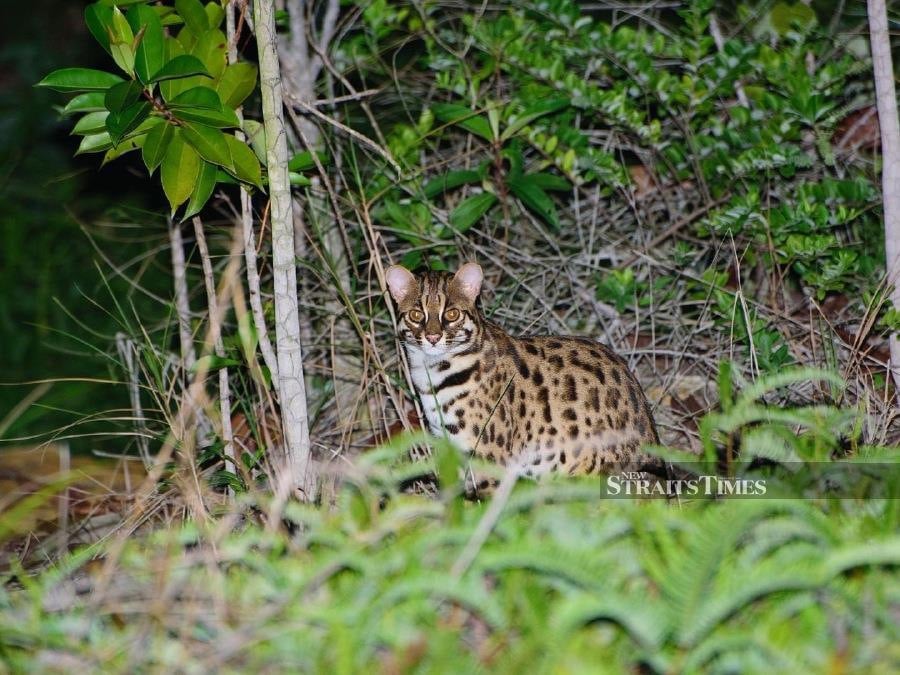
Wildlife, particularly mammals like tapirs, require safe corridors to move across vast territories. Tragic incidents such as tapir fatalities on highways underscore the critical need for wildlife corridors like SACF to protect these majestic creatures from harm. Establishing and preserving such corridors are essential in ensuring their survival and maintaining an ecological balance.
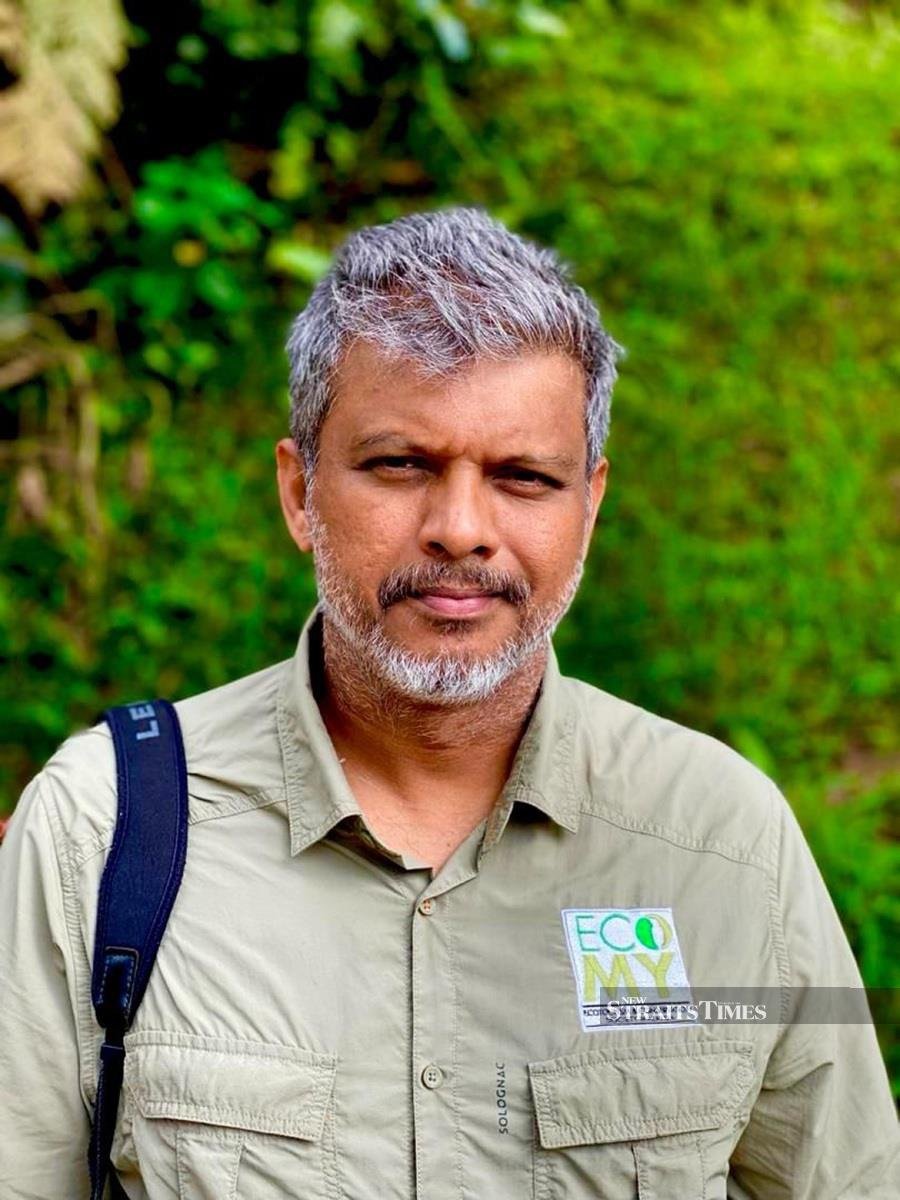
"It's urgent and non-negotiable that we protect this forest, which serves as a vital refuge for numerous endangered wildlife species. Our commitment to preserving these habitats is paramount to safeguarding biodiversity and securing a sustainable future for our planet," asserts Andrew Sebastian, chief executive officer of Ecotourism and Conservation Society Malaysia (Ecomy).
Adding, he says: "By safeguarding this forest, the state not only preserves biodiversity, but also showcases its dedication to harmonious development with nature. The SACF presents opportunities for ecotourism development, highlighting the region's natural beauty and enhancing local economic potential."
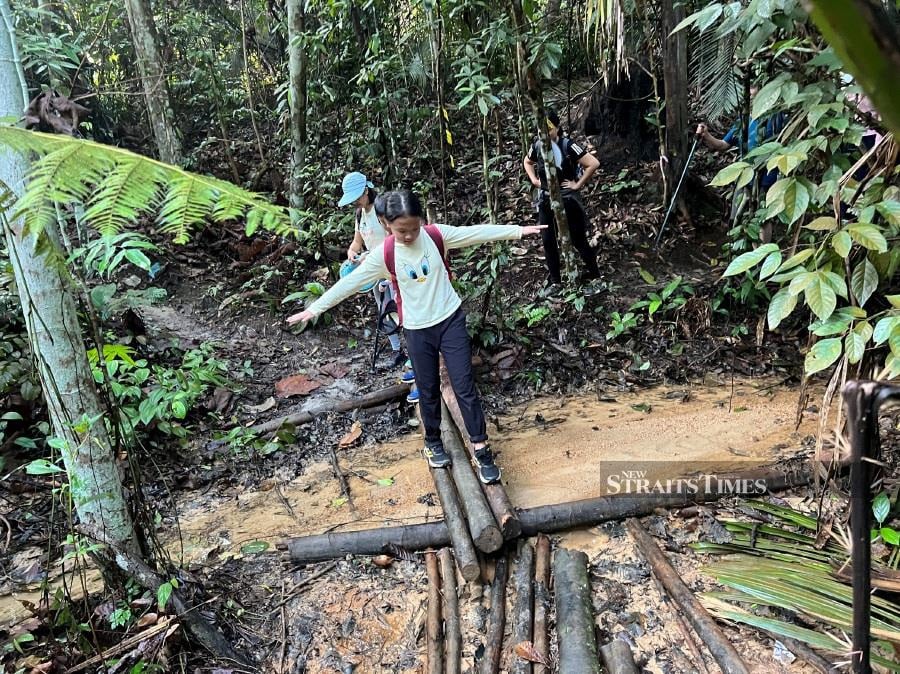
Teoh, the SACF Society honorary secretary, adds that the forest holds so much potential for raising environmental advocates. "Beyond recreation, urban forests like SACF play a crucial role in education, hosting school groups and university students for research assignments. Easy access to nature is essential for fostering environmental stewardship among younger generations," she says.
The fate of the SACF hangs in the balance as it stands at the intersection of development and conservation. The passionate voices of residents, conservationists, and environmental advocates continue to echo in defence of this invaluable green space.
"It's crucial that the Selangor government prioritises the protection of SACF in its entirety for the sake of future generations. SACF Society remains committed to holding the state government accountable until this vital natural resource is safeguarded," stresses Teoh.
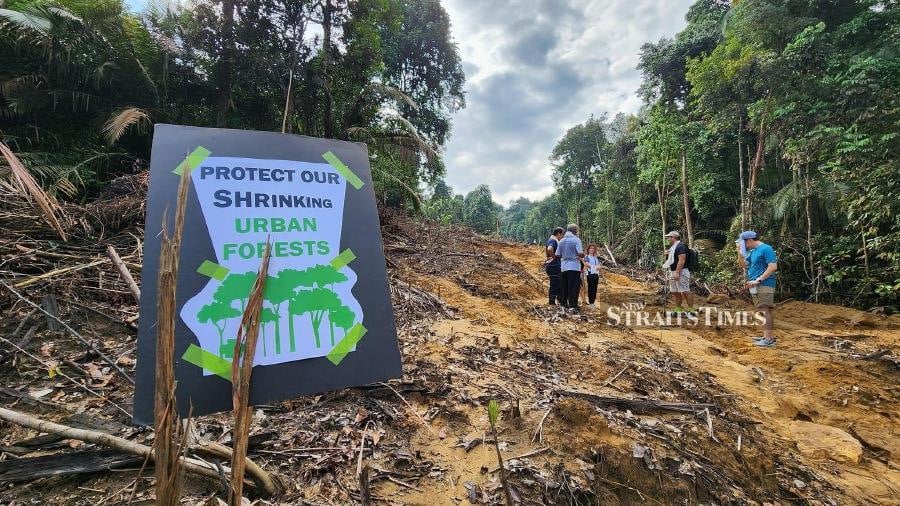
As the SACF Society perseveres in its battle to preserve a small patch of forest nestled within the city, the ancient residents that wander through this tranquil landscape face the looming threat of extinction if their forest habitat succumbs to development.
Their potential disappearance wouldn't only represent a loss of biodiversity, but also leave an indelible gap in our natural tapestry, eroding the rich legacy of our planet's ecological diversity and our deep connection to it.
For more details, follow Shah Alam Community Forest on Facebook (www.facebook.com/pages/Shah-Alam-Community-Forest/1838631286150473) and Instagram (www.instagram.com/shahalamcommunityforest).





